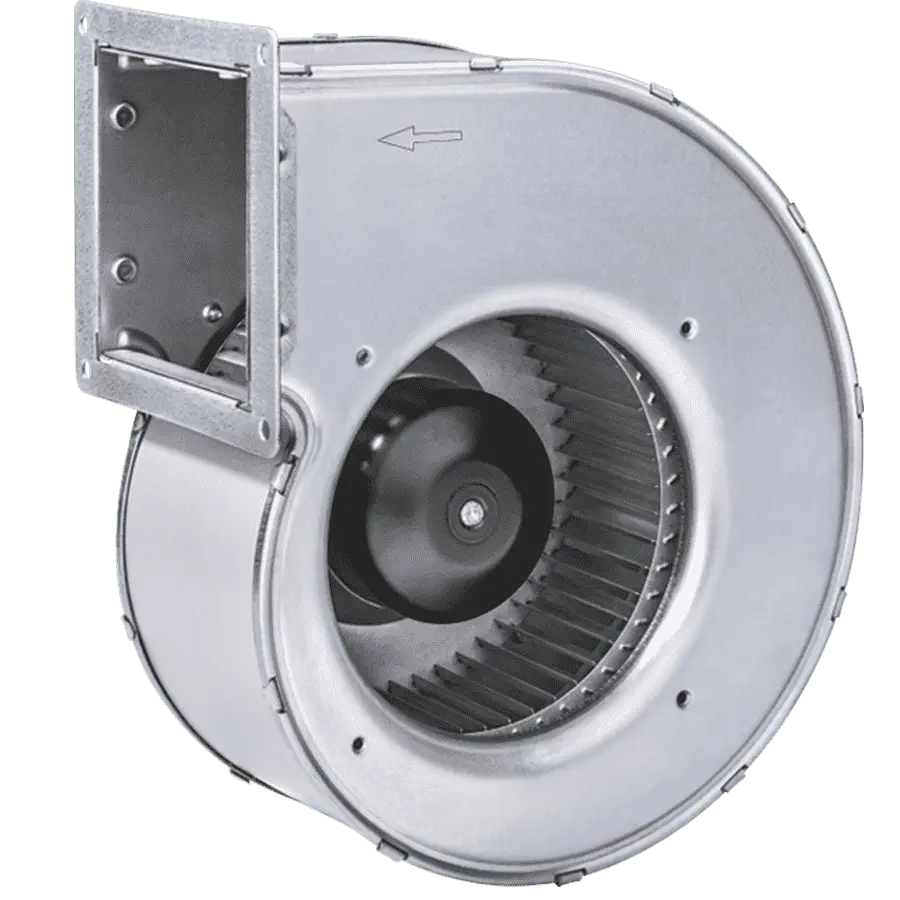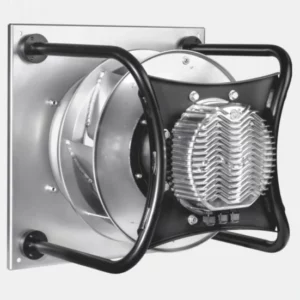Air movement technology is a critical component in numerous industrial and commercial applications such as ventilation systems, air conditioning units, and exhaust systems. Among the array of fan types available, three distinct designs stand out for their unique characteristics and performance profiles: forward curved centrifugal fans, AC (alternating current) centrifugal fans, and vane axial exhaust fans. Each type offers specific advantages tailored to different use cases, from energy efficiency to noise control, and from high-pressure capability to directional flow management. This article delves into the mechanics, functionality, and typical applications of these fan types.

Elevating Performance: Forward Curved Centrifugal Fan Advantages
A forward curved centrifugal fan draws air axially through its intake and imparts a radial acceleration by means of blades that curve forward as they rotate. The airflow changes direction upon contact with the blade curvature and exits tangentially, creating a significant pressure boost. Key features include:
Base features
- Supply:1P,220~240V, 50/60 Hz
- Max airflow:650/600 m³/h (static pressure=0Pa)
- Noise:60 dB(A)
- Protection class:IP54
- Insulation class:F
- Bearings:maintenance-free ball bearings
- Amb.temp.perm.:-25℃~+50℃
Structure features
- Impeller material:Galvanised sheet steel
- Rotation:Counter-clockwise
- Inlet type:Single Inlet
- Impeller type:Forward curved impeller
- Housing type:Nothing
- With inlet ring
- Net weight:2.5 kg
Motor features
- Motor poles:4
- Voltage:230 VAC
- Power input:125/150 W
- Current:0.55/0.66 A
- Speed:1050/1150 r/min
- Capacitor:3 uF
Efficiency in Motion: The Functionality of AC Centrifugal Fans
The term “AC centrifugal fan” refers to any centrifugal fan powered by an alternating current motor, which includes both forward and backward curved models. The focus here is on the electrical power source rather than the blade design:
- Ubiquitous Application: AC-driven centrifugal fans are prevalent due to their seamless integration into current electrical systems, obviating the need for specialized inverters or controls.
- Constant Velocity Operation: Conventional AC motors generally maintain a steady speed determined by the supplied voltage and frequency, limiting their adaptability to fluctuating load requirements unless coupled with external regulators.
- Economic Viability: Despite being outpaced in efficiency by EC (electronically commutated) motors, AC centrifugal fans often boast a lower initial expense, rendering them appealing for basic applications where precise speed modulation is secondary.
Enhancing Ventilation: Delving into Vane Axial Exhaust Fans
Vane axial exhaust fans are essential components in ventilation systems designed to remove stale air, fumes, and odors from enclosed spaces. Unlike centrifugal fans, vane axial fans utilize straight blades mounted around a central hub. Airflow moves parallel to the shaft and is redirected by guide vanes before exiting the fan housing. Notable aspects include:
- High Volume Flow: Designed to handle large volumes of air at relatively low static pressures, vane axial fans are ideal for general ventilation and cooling applications where high airflow rates are more important than high pressure build-up.
- Directional Flow: The presence of guide vanes enhances the ability of these fans to direct airflow linearly, which is useful in applications like long duct runs or exhausting hot air directly outdoors.
- Easy Maintenance: Due to their simple construction, vane axial exhaust fans generally require less maintenance and are easier to clean and service than centrifugal fans.
Benefits and Applications of Vane Axial Exhaust Fans
- mproved Ventilation: Vane axial exhaust fans excel at removing hot air, smoke, humidity, and airborne pollutants from enclosed spaces, thereby improving air circulation and maintaining a comfortable environment.
- Energy Efficiency: These fans are known for their energy-efficient operation, helping to reduce electricity consumption and lower operating costs in ventilation systems.
- Industrial Applications: Vane axial exhaust fans are commonly used in industrial settings such as manufacturing facilities, warehouses, and workshops to control indoor air quality, remove heat generated by machinery, and ensure worker safety.
- Commercial and Institutional Use: They are also found in commercial buildings, hospitals, schools, and restaurants where maintaining proper ventilation is essential for occupant comfort and health.
What Can BELMONT Do For You?
Our strategic partnerships with more than 160 industry-leading companies enable us to provide first-class products and services to our valued customers.
- Founded in 2001 to provide high-quality products and sourcing solutions at a competitive cost.
- Manufacturing Facilities :Manufacturing plants located in multiple regions in China
- Service locations: Fort Wayne, Indiana, USA(Responsible for after-sales service of products) Changzhou, Jiangsu, China
- 2021 sales of $650 million In 2021, 1 million fans and 600,000 motors will be produced
5The total number of employees is 268, including 20 technical teams and 26 sales team



